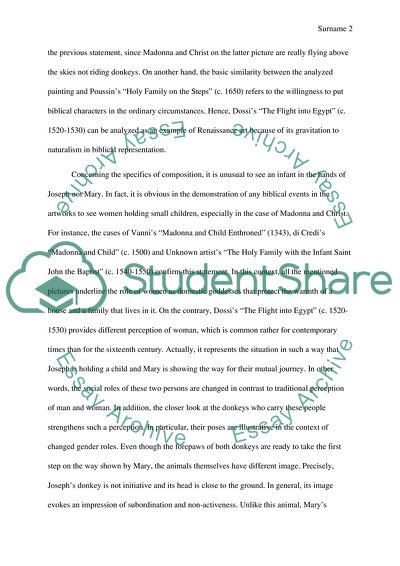Cite this document
(Visual Analysis: Painting of Batista Dossi Titled The Flight into Essay, n.d.)
Visual Analysis: Painting of Batista Dossi Titled The Flight into Essay. https://studentshare.org/visual-arts-film-studies/1862937-art-history-visual-analysis-paper-132
Visual Analysis: Painting of Batista Dossi Titled The Flight into Essay. https://studentshare.org/visual-arts-film-studies/1862937-art-history-visual-analysis-paper-132
(Visual Analysis: Painting of Batista Dossi Titled The Flight into Essay)
Visual Analysis: Painting of Batista Dossi Titled The Flight into Essay. https://studentshare.org/visual-arts-film-studies/1862937-art-history-visual-analysis-paper-132.
Visual Analysis: Painting of Batista Dossi Titled The Flight into Essay. https://studentshare.org/visual-arts-film-studies/1862937-art-history-visual-analysis-paper-132.
“Visual Analysis: Painting of Batista Dossi Titled The Flight into Essay”. https://studentshare.org/visual-arts-film-studies/1862937-art-history-visual-analysis-paper-132.


